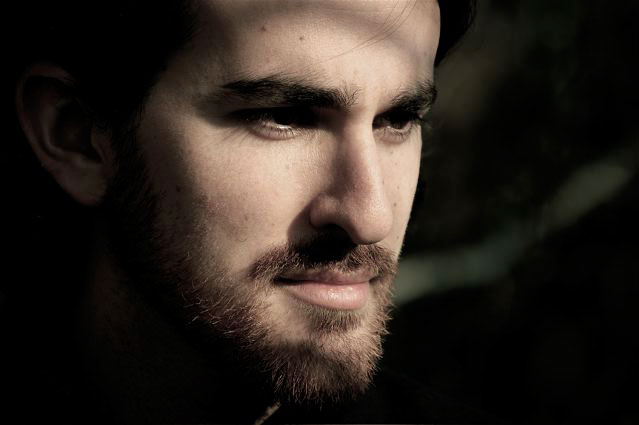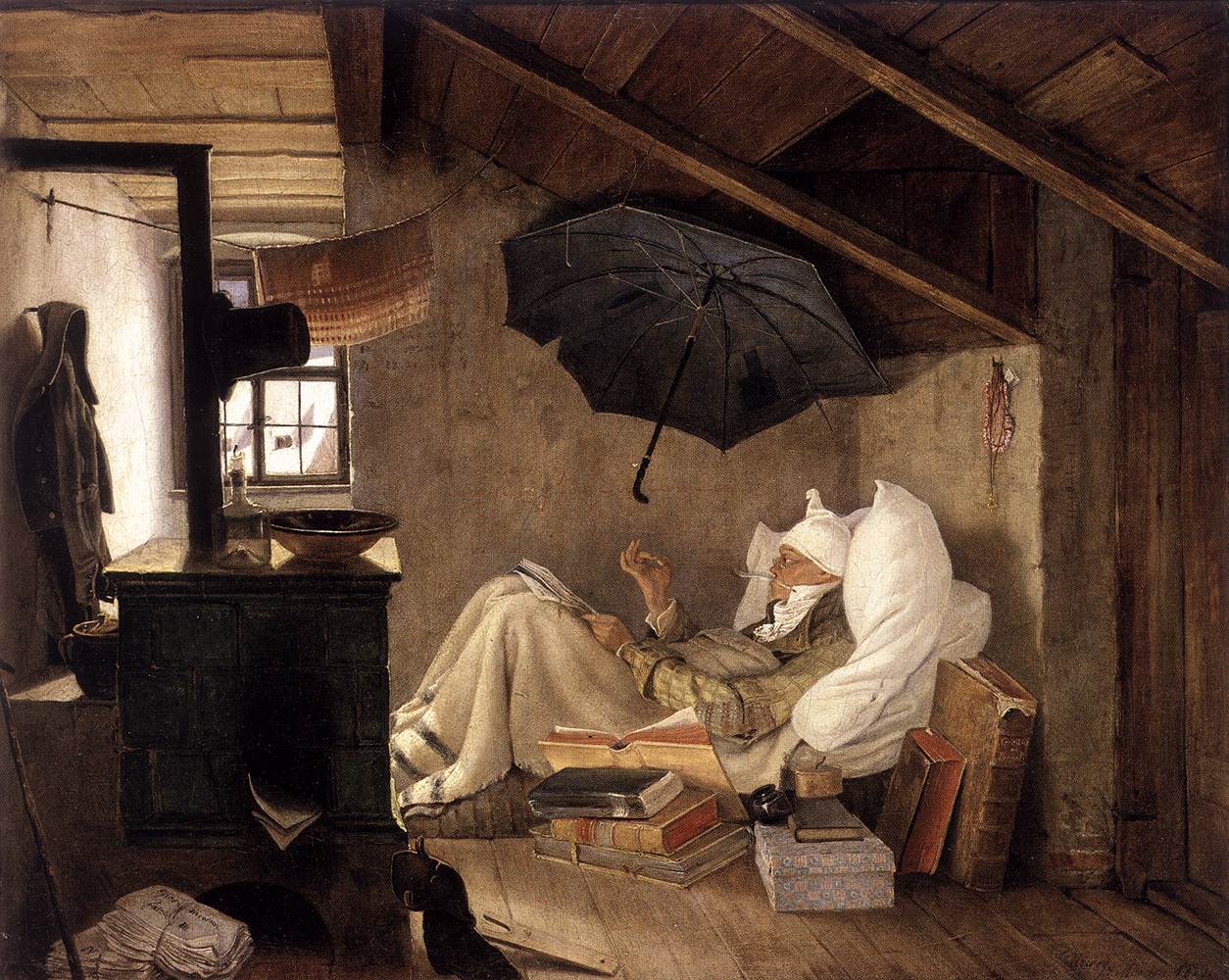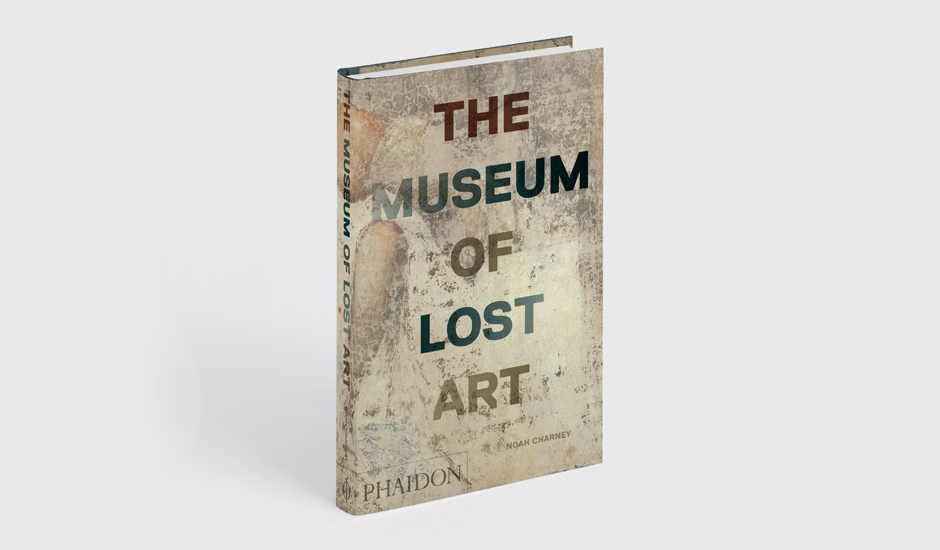
'Get your Indiana Jones on' - with Noah Charney
The Phaidon author talks us through some of the most highly prized lost artworks that are out there . . . somewhere
Could ISIS, in attempting to destroy one kind of art, have actually uncovered a major lost work? That's certainly what Noah Charney thinks. The art history professor and Phaidon author delivered a great talk at Dallas Museum of Art recently, discussing cases from his new book, The Museum of Lost Art.
They are wide-ranging and include the disappearance of paintings and sculptures, as well as great architectural and cultural creations, such as the Hanging Gardens of Babylon.
As Charney explains, the exact location of this famed Ancient Wonder of the World, a tiered garden, dating from the sixth century BC has never been fully established.
However, when, a few years ago, when Islamic State fighters blew up parts of Mosul in modern-day Iraq, they also levelled parts of the ancient Assyrian city of Nineveh, which stands just across the Tigris river.
The explosions unearthed 50 kilometres worth of aqueducts, canals and waterways. The site in Nineveh, though some distant north of ancient Babylon, is a better match for this long-lost garden, explains Charney, in his wide-ranging lecture.
While hunting down the site of this ancient wonder might prove somewhat tricky, Charney lists plenty of other, smaller works that might be out there, somewhere, if audience members wish to "get their Indiana Jones on" as he puts it.
For instance: the ancient Athenian sculptor Lysippus is supposed to have made 1,500 sculptures throughout his lifetime, though only one example – Victorious Youth, or the Getty Bronze – has been recovered. "So keep any eye out for 1499 Ancient Athenian bronzes," jokes Charney.

In the video, Charney also talks about Carl Spitzweg’s 1839 painting The Poor Poet, which Professor Charney says has "the dubious distinction of being Hitler's favourite painting". In 1976 the performance artist Ulay stole the canvas from a Berlin museum, and hung it in the home of some Turkish immigrants, before turning himself in. The work was of course recovered, but stolen once more in 1989, this time by an unknown thief. One to keep an eye out for that one in the wider world, alongside those ancient bronzes.

For many more stories of missing works order a copy of Noah Charney's new book, The Museum of Lost Art here.